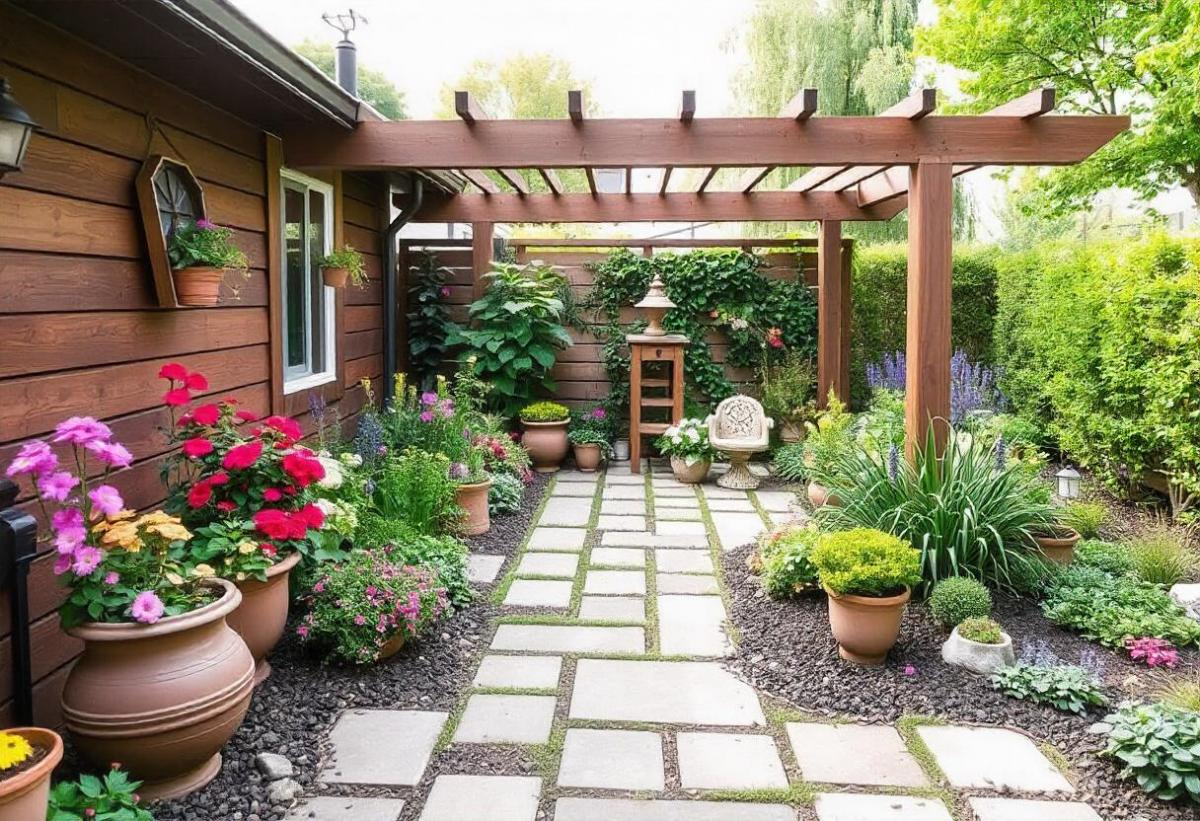Running a hose across the lawn and calling it a day rarely cuts it anymore. A functional plan starts by pinning down the garden’s purpose, whether that’s fresh herbs by the kitchen door or a quiet reading nook.
From there, carve the plot into logical blocks. Think paths, beds, and seating, because smart garden zoning keeps foot traffic away from fragile roots and saves endless back‑and‑forth later.
Layer in effective garden design elements such as layered planting heights or tiered levels; designers warn that single‑level, lawn‑heavy spaces look dated and waste water. Finally, match plant choices and hardscape materials to local rainfall patterns, sun exposure, and soil texture; those climate considerations drive long‑term resilience and cut replacement costs.
Assessing Your Space: Measurements and Zoning Essentials
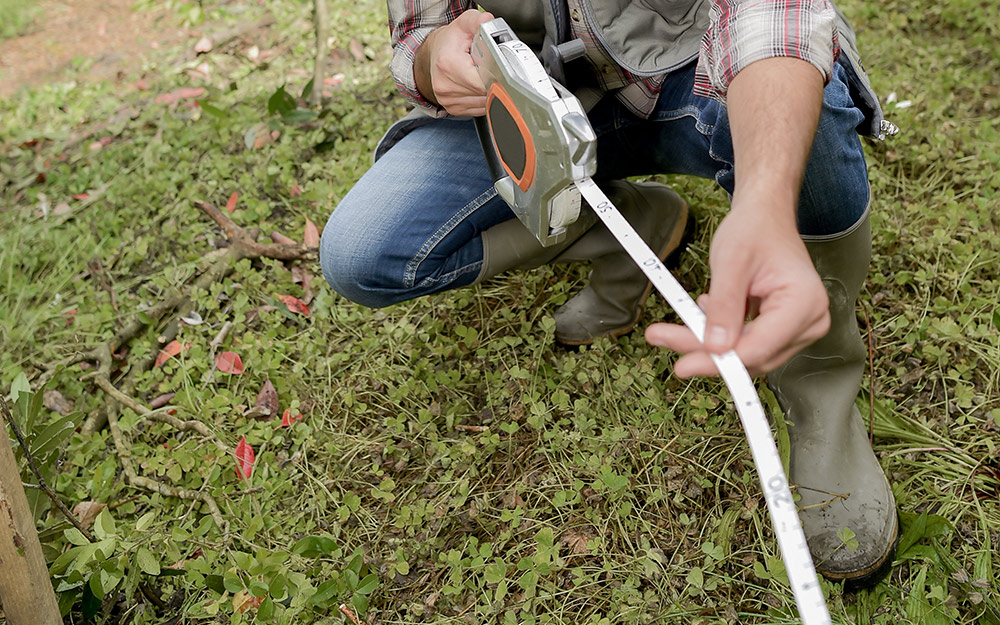
Grab a tape measure and a notepad. Measuring garden space starts by sketching your plot on graph paper, then breaking it down into rectangles or circles so the totals can add up fast. Mark fences, trees, and paths as you go.
With those numbers set, pivot to garden zoning tips: carve out lounge, grill, and grow zones using planters or trellis walls, a trick pros use to give every activity a clear home. Next up is assessing garden sunlight.
Track shadows morning, noon, and late afternoon or use a phone sunlight app to log bright spots; smartphone light meters can rival handheld ones. Blend those notes into a scale sketch for smart garden space planning, keeping sun‑hungry veggies in the brightest zone and seating where shade cools things down.
Choosing the Right Plants for a Functional Layout
Choosing plants with purpose turns a patch of soil into a multitasking powerhouse. Start by listing functional garden plants: herbs and leafy greens near the kitchen save frantic dinner runs, while sunflowers screen compost bins and lure pollinators.
Check the updated USDA zone chart first to lock in climate-appropriate plants that won’t fizzle after the first heat wave. Seed packets provide rock‑solid plant spacing guidelines—ignore them and mildew wins.
Borrow a classic from the neighbor whose basil boosts tomato yields: lean on companion planting tips such as marigolds beside cucumbers to keep pests guessing and harvests climbing.
Optimizing Sunlight and Shade for Plant Health
Get a notebook and track where the sun lands every two hours; that quick garden sunlight mapping reveals beds that roast all day and corners that stay cool. Slot tomatoes, basil, and zinnias in full‑sun zones—they thrive on six‑plus hours of direct light.

Reserve dappled spots for hostas, ferns, and other shade-tolerant plants that scorch under midday glare. Follow this seasonal plant placement guide, tweaking after cloudier months, and the payoff is dependable growth with fewer mid‑summer rescues. Hands‑on sunlight optimization in gardens keeps every leaf exactly where it loves to live.
Designing Effective Pathways and Garden Access Points
Solid garden pathway design starts by mapping the daily loop: beds to compost, shed to patio. Plot 3‑ to 4‑foot‑wide routes so two people or a wheelbarrow glide side‑by‑side, then lock in garden access planning with junctions at bed corners so no foliage gets flattened.
Pick long‑lasting pathway materials such as; permeable pavers, brick, or compacted gravel, which are built to drain fast and stay firm through heavy rain. Drop a bench or a trio of logs where paths meet; these garden seating areas turn a simple thoroughfare into a pause‑and‑sip spot while keeping muddy boots off the lettuce.
Incorporating Water Features and Efficient Irrigation

Your patio fountain isn’t just eye candy. It cools the air and draws pollinators, ticking the garden water features box and boosting backyard biodiversity. Pair that charm with efficient irrigation systems: bury drip tubing around roots and watch water use drop significantly, a headline drip irrigation benefit that beats sprinklers hands down.
Finish the loop with rain barrels or a small cistern. These are simple rainwater harvesting methods that stash storm runoff for free refills and lighter water bills.
Edible Gardening: Vegetable and Herb Layout Ideas
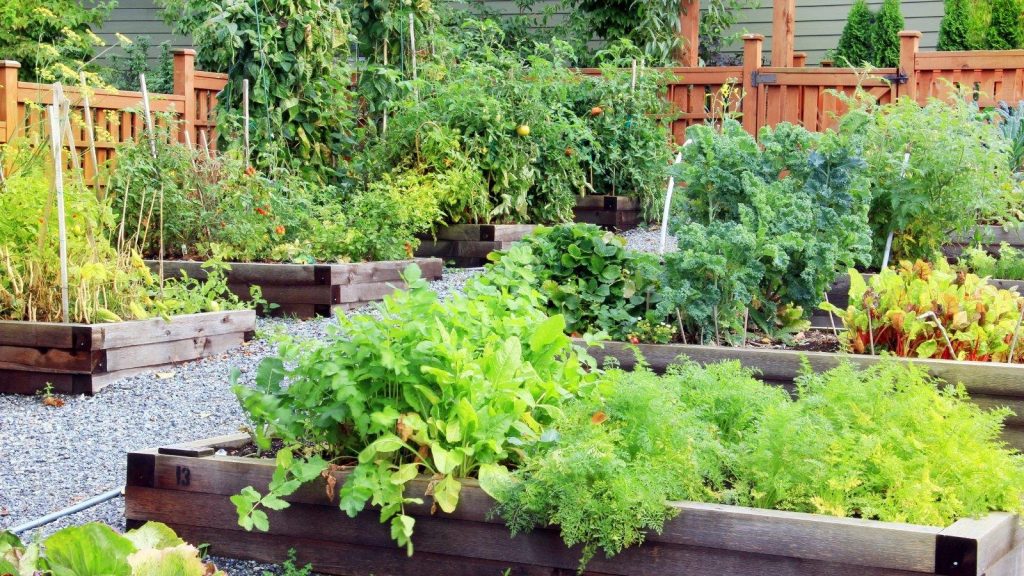
Running out of basil mid‑pizza prep? Build an edible garden layout that keeps favorites within reach. Stick to 4‑foot‑wide beds so every carrot is an arm’s length away, and park trellised tomatoes along the north edge to spare lettuce from shade.
Containers tucked by the back door make nightly herb snips easy, while dedicated corners for drought‑tough rosemary, thyme, and sage simplify watering; classic herb garden design logic. Lean on square‑foot grids inside those boards for tidy rows and effortless crop rotation.
For new growers, raised bed gardening delivers loose soil and warmer roots; seasoned hands can layer arch trellises for vertical beans. Pocket these practical vegetable garden tips and watch the grocery list shrink.
Enhancing Visual Appeal with Focal Points and Decor
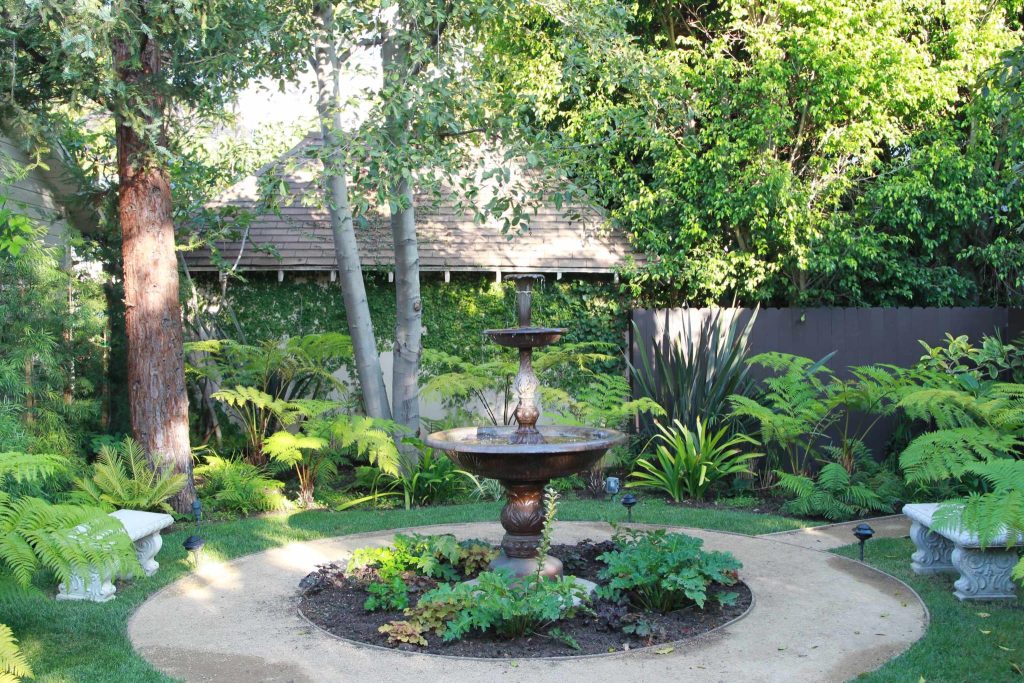
Smart layout gets a lift when the eye lands on something special. Garden focal points like a weather‑worn statue, an obelisk trellis wrapped in clematis, or a painted birdhouse pull attention and guide foot traffic at the same time.
Mix in decorative garden features that double as habitat—think bee hotels tucked near herb beds or fountains that mask street noise. These touches excel at enhancing garden aesthetics while marking zones for seating or veggie plots, proving that practical can look pretty.
Budgeting and Maintenance for Practical Garden Layouts
A smart plan keeps the bank account happy and the beds thriving. Begin with garden budgeting strategies that channel cash into soil building, organic mulch, and sturdy paths; core pieces that set up every other purchase for success.
Embrace low-maintenance gardening by choosing native groundcovers and resilient perennials that crowd out weeds and shrug off pests.
Helpful garden care tips include grouping plants with similar water needs and using compost as free fertilizer; both moves slash watering and labor. The payoff is an affordable garden design that looks polished yet skips weekend‑long chore lists.
Seasonal Adaptations for Year-Round Functionality
Your beds that crank out tomatoes in July can shelter spinach come fall, and that’s the spirit behind seasonal garden planning. Swapping plant families each quarter unlocks crop rotation benefits; fewer pests, richer soil, happier harvests.
Pull out the patio table once frost threatens, or anchor a portable pergola for shade; those quick seasonal gardening adjustments keep every corner usable.
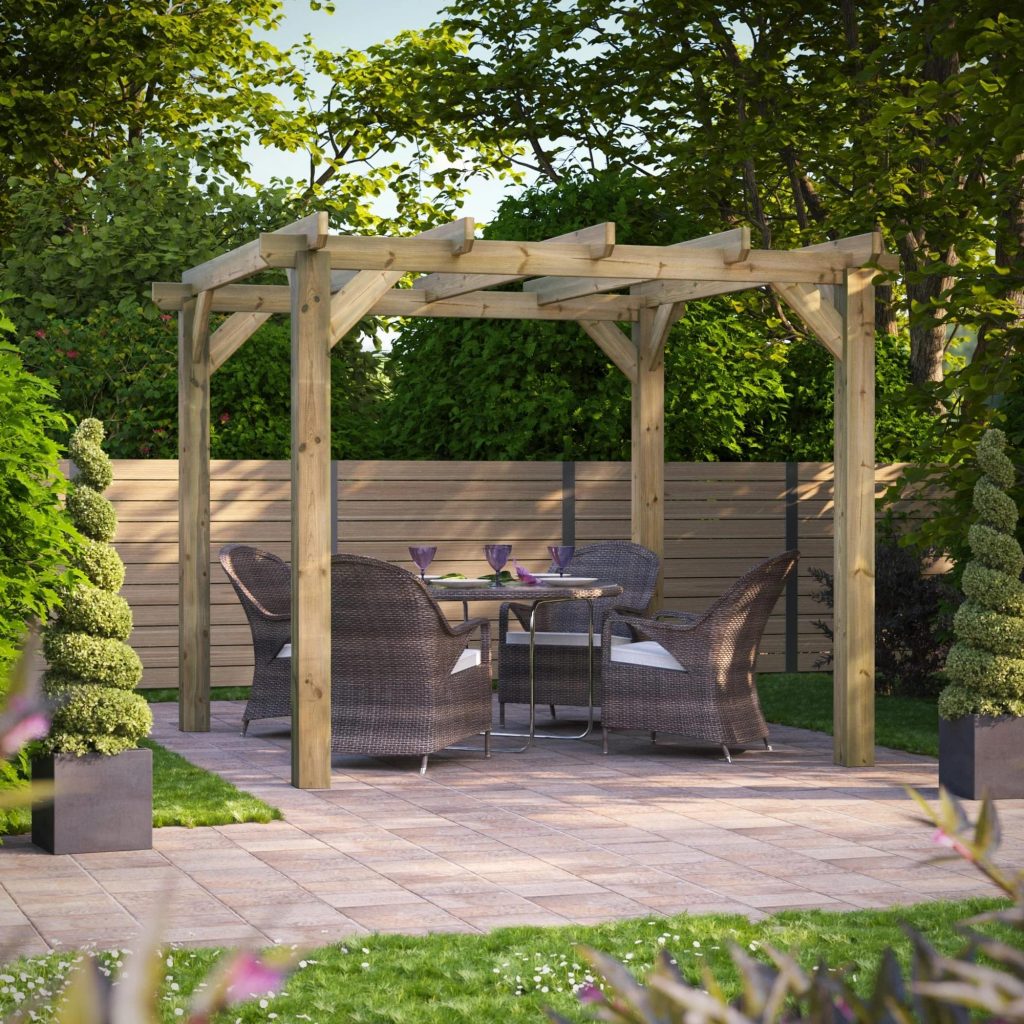
Cold frames, hoop houses, and stackable planters knit everything together, giving a flexible, year-round garden layout that works whether it’s blazing hot or cool and crisp.
Common Mistakes to Avoid in Garden Layout Design
Crowding tomatoes against basil looks lush until leaves yellow. This is a classic garden layout mistake. Solve overcrowded garden issues by spacing plants to their mature size and thinning extras.
Beds that bathe shade‑lovers in noon sun or hide peppers in darkness stall growth; map light before planting and group accordingly. Skipping regular pruning and steady watering invites disease. Stick to a seasonal care schedule for avoiding garden pitfalls and add mulch or drip lines as smart garden design solutions.
Sustainable Gardening Practices for Functional Layouts
Craving a garden that works hard without draining resources? Start by setting up garden composting methods; kitchen scraps turn into nutrient‑rich mulch that slashes fertilizer needs.

Fill beds with drought‑tough natives; the native plant benefits include lower water use and built‑in pollinator support. Trade thirsty sprinklers for drip lines fed by rain barrels to shrink consumption. Finish with paths of reclaimed wood and pots of recycled plastic; every step shouts sustainable garden practices and shows off real eco-friendly gardening flair.
Vertical Gardening: Maximizing Small Spaces
Urban patios still pull off lush harvests once crops go vertical. Training cucumbers, beans, or tomatoes up trellises lifts fruit from damp soil, boosts airflow, and simplifies picking; proven trellis gardening benefits.
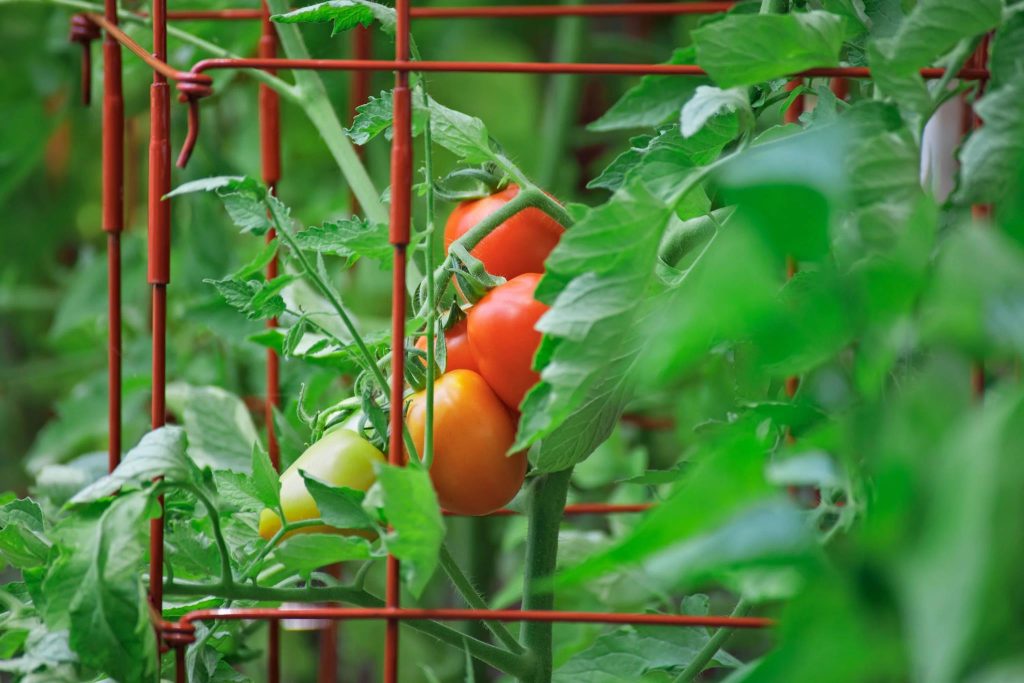
Living wall planters and pocket panels add edible color where fences sit empty. Layer herb‑filled hanging baskets above lettuce towers; such stacking unlocks practical space‑saving garden tips that show small space gardening can feed a crowd without sacrificing style.
Resources for Further Garden Layout Inspiration
Kick‑start planning with gardening inspiration resources such as the RHS online design gallery, packed with zone‑specific planting ideas.
For deeper tactics, one of the best-selling garden design books, All New Square Foot Gardening, 3rd Edition by Mel Bartholomew, breaks layouts into easy 1‑foot grids.
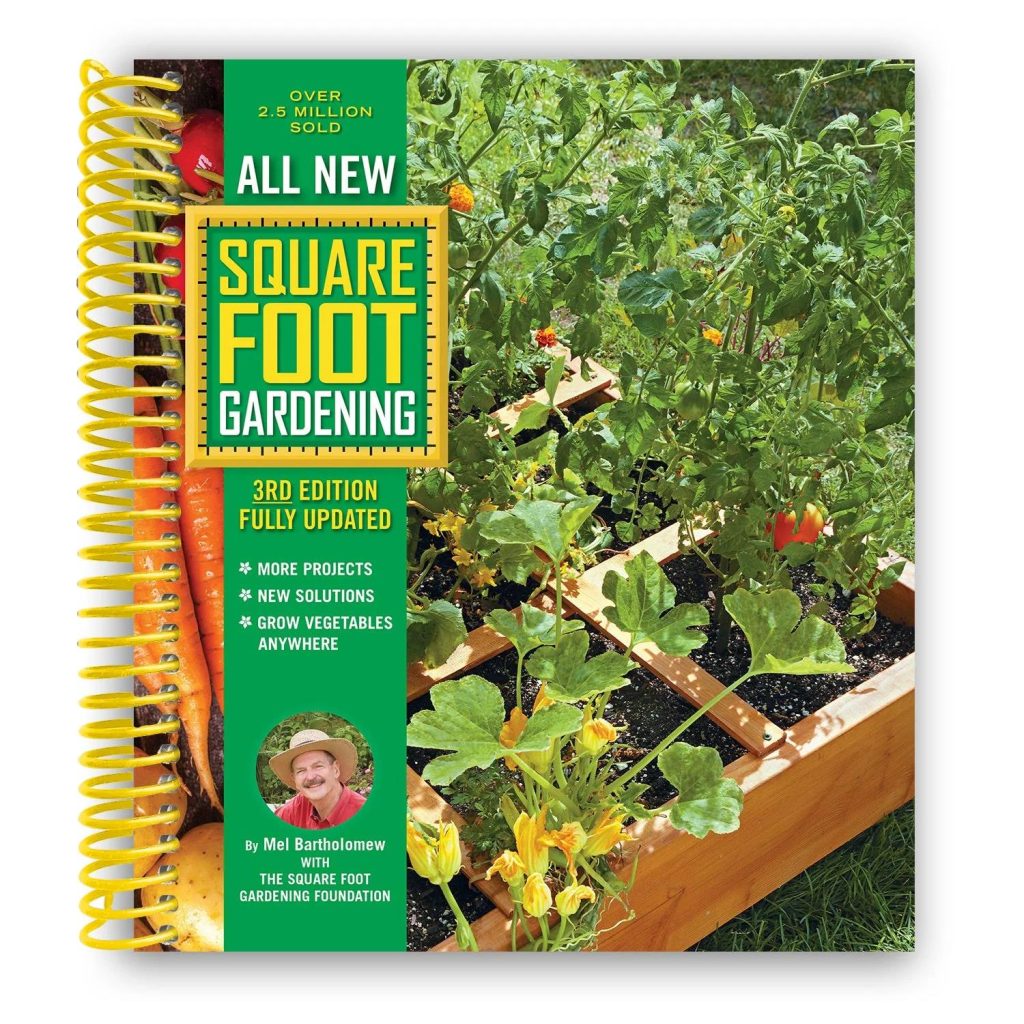
Daily Q&A buzzes in active gardening community forums like Reddit’s r/gardening, where thousands trade real‑time fixes and wins. Ground those ideas through workshops, seed swaps, and soil tests run by local gardening groups inside Extension Master Gardener programs nationwide.
Conclusion: Crafting Your Perfect Functional Garden
A little foresight pays off: sketch beds before digging, place paths where traffic naturally flows, and group thirsty plants near the hose. That quick checklist becomes a garden layout summary that keeps every square foot productive.
The result? Functional garden benefits show up daily: herbs by the grill, a nook that stays dry, and beds that look good year‑round. Smart zoning also sparks lasting gardening enjoyment and slashes weekend chores thanks to simplified garden maintenance.

